To start talking deeply about Architecture we should take into acount some basic concepts that are crucial to uderstand it. So as we have seen in class, here are some of the concepts.
PLACE
We can define it as the relationship between the space and its surroundings, as well as the set of elements that identify this space.
- CONTRAST – feeling that something do not fit with its environment.
- CAMOUFLAGE – perfect integration of the space with the environment.
- ORGANICISM – there is a huge harmony between the elements that compound a space and its environment.
- CONTEXTUALISM – the relationship between the space and the surroundings is explained by its meaning.
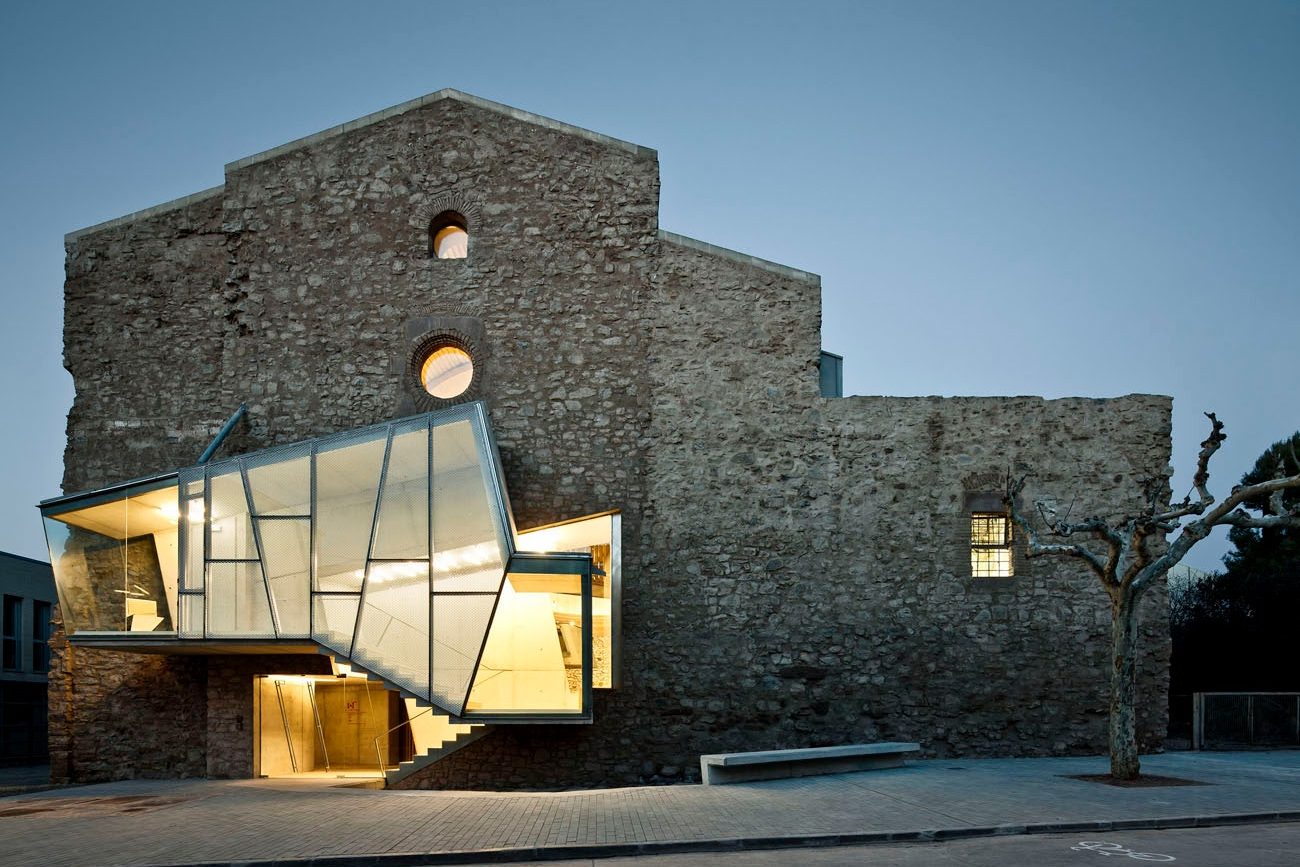
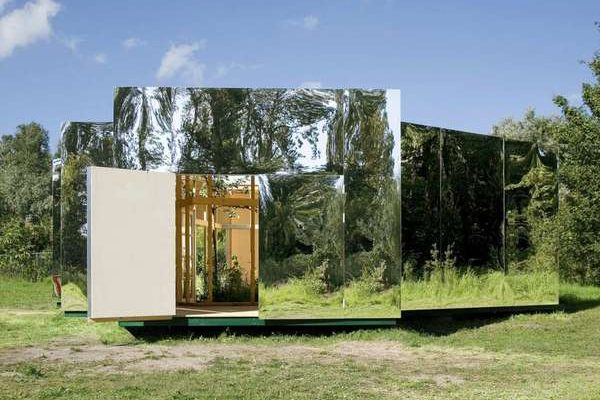
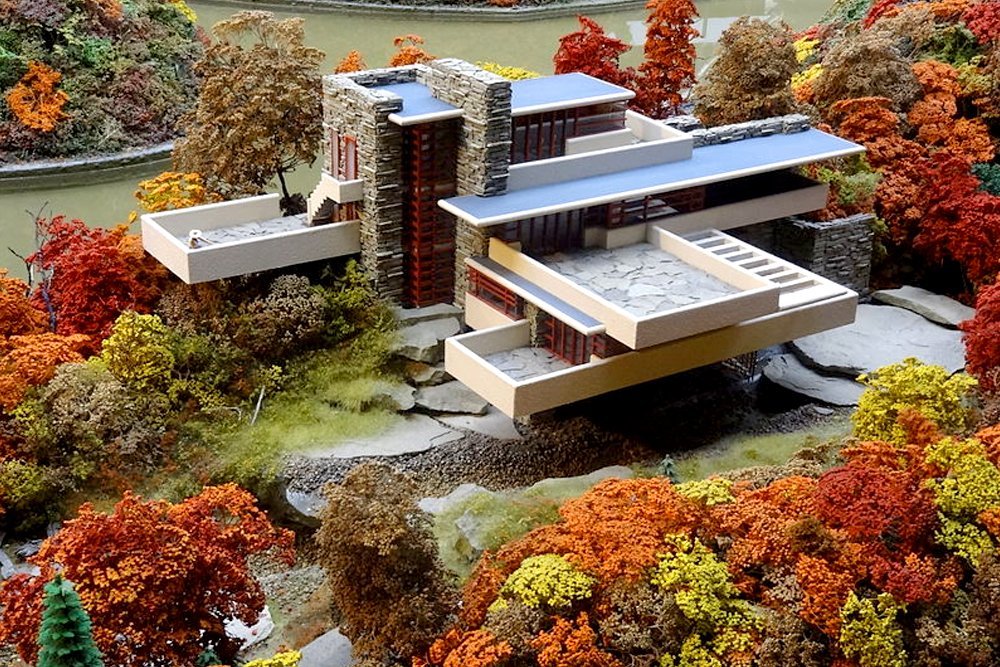
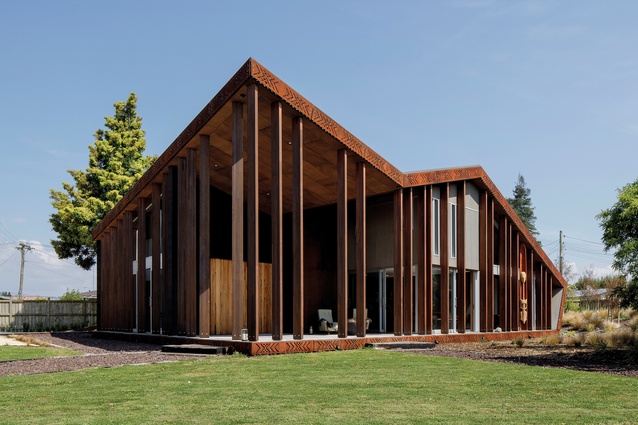
SPACE
“The space within the building is the reality of that building.”
Frank Lloyd Wright
In one way, the progress of architecture during the years comes with a change of the concept of space. Due to this, throughout history, there have been different models of space:
- CLASSIC SPACE – in generalit’s defined as a closed and compact space with usually massive walls, but during the years it also has been changing.
- UNIFORM SPACE – it’s defined as an abstract environment in which there isn’t the necessity of a centre and equal sides. Uniform movement breaks with “compactness” and allows horzontal and vertical connections and it’s much more linked with functionality.
- CONTEMPORARY SPACE – the goal is uniqueness and confussion of public and private space. Horizontal planes are twisted, deformed… creating the concept of free section.
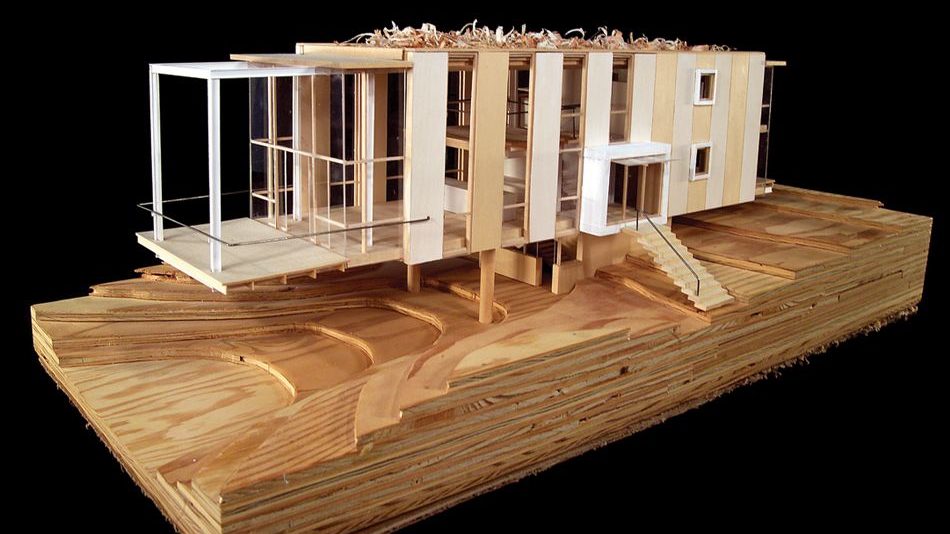
FUNCTION
Throughout history there have been several ways to understand functionalism (according to Peter Collins):
- MECHANICAL FUNCTIONALISM – it’s focused on the conception of beauty as perfect mechanical efficiency.
- ORGANIC FUNCTIONALISM – based in the adaptance of the form of the space to the activities developed in it and the environment that surrounds it.
- MORALISTIC FUNCTIONALISM – it’s only focused in all the aspects of funcionalism because like this, you can achieve the real beauty. Then, beauty and utility are so close that they become confused.
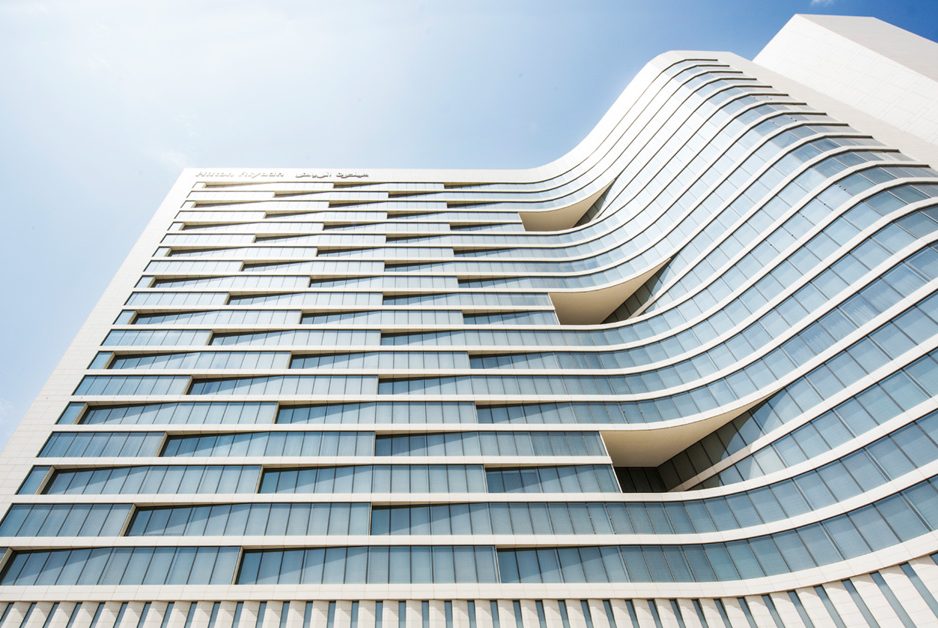

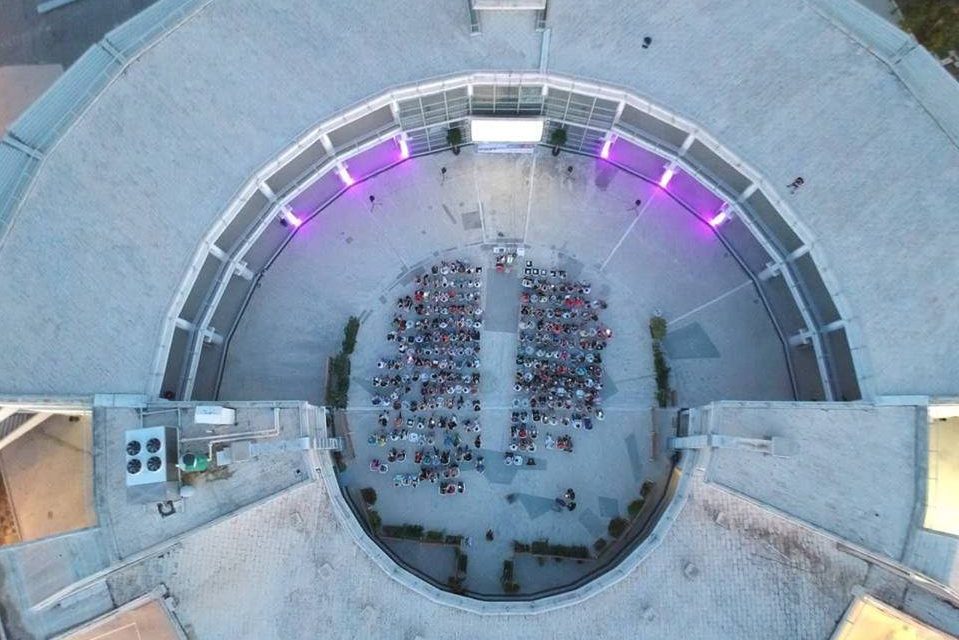
FORM
The form of a space is constituted by all the elements that conform the whole composition. And, these elements are:
| Rhythm | Repetition of shapes |
| Axis | Linear elements that mark a direction and distribute the space or elements around it |
| Simmetry | Arrangement of elements around an axis, centre or plan |
| Hierarchy | Relationship of supremacy of an element among others or its environment. It can be of size, shape or orientation |
| Module | Unitary element that serves as a proportional element that is repeated on the same or different scales |
| Grid | Composition based in a grid of axes |
| Movement | Irregularity of forms and order to express movement |
| Unit | All elements of the composition seem a whole, nothing lacks or is excessive |
| Centrality | Organisation around a centre, not necessarily the geometric one |
| Balancing | Harmony, equilibrium. It can be static (if the elements are equal and symmetrical) or dynamic (if there is difference in colour, geometry…) |
| Limit | The edge of the elements of the composition, where there is a change |
| Light | “Architecture is the learned game, correct and magnificent, of forms assembled in the light.”, Le Corbusier |
| Contrast | Opposition or difference of the elements of the composition |
| Colour | Chromatic of the representation |
| Texture | Surface of the building |
| Proportion | Harmonic relationship of dimensions according to mathematical rules |
| Scale | Relationship between the building size and the human’s |
MATERIALITY AND STRUCTURE
Throughout history, there has been constant changes in materials and technology, resulting in progress and innovation. Because of that fact, we keep all materials in order to compare or mix them with the new ones. So, let’s take a look at some changes.
ROMAN PERIOD
-ELEMENTS: archs and vaults.
-MATERIALS: lime concrete
ROMANESQUE PERIOD
-ELEMENTS: arches, pillars and buttresses.
GOTHIC ARCHITECTURE
-ELEMENTS: pointed arches, rib vaults, buttresses, flying buttresses and pinnacles.
NOWADAYS
-ELEMENTS: prefabricatied.
-CAD and BIM.